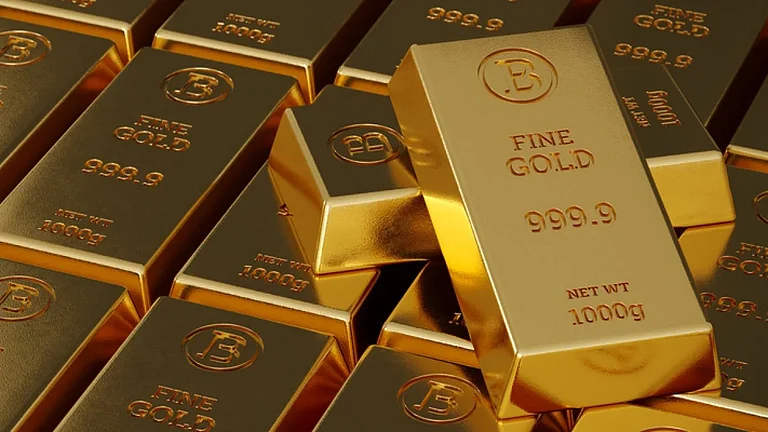
China ends VAT offset on gold purchases; retailers can’t claim tax credits
Policy applies to bars, coins, jewellery, and industrial gold products
Move aims to boost government revenue amid economic slowdown
China has ended a long-standing tax incentive on gold purchases in a potential setback for consumers in one of the world’s biggest bullion-buying nations, according to Bloomberg reports. The move has come into effect from November 1.
Retailers will no longer be able to claim value-added tax credits on gold purchased from the Shanghai Gold Exchange, whether the metal if sold directly or after processing, the new legislation from the Ministry of Finance said.
The rule covers both investment and non-investment products such as high-purity gold bars, coins approved by the People’s Bank of China, jewellery, and industry materials. The move is expected to boost state revenues at a time when China’s flagging property sector and broader economic slowdown are weighing fiscal resources.
However, it also means Chinese buyers will likely face higher gold prices. A surge in retails demand globally has pushed bullion into overbought territory after its record run, leaving the metal vulnerable to a sharp pullback.
Gold just endured its steepest decline in over 10 years as investors pulled money from exchange-traded funds after months of steady inflows. The drop also matched the end of India’s festive buying season and easing geopolitical tension after a US-China trade deal eased demand for the metal as a haven.
However, gold is still holding near the $4,000-an-ounce milestone it breached earlier in October, with supportive drivers still in place.
Gold Demand & Prices
In India, gold prices fell by ₹218 to ₹1,21,290 per 10 grams on Friday in a volatile movement in futures trade, as investors assessed the impact of the Federal Reserve's cautious stance on rate cuts and a temporary truce in US-China trade tensions.
On the Multi Commodity Exchange (MCX), the yellow metal futures for December delivery declined by ₹218, or 0.18 %, to ₹1,21,290 per 10 grams in a business turnover of 13,223 lots.
In the international market, Comex gold futures for December delivery were trading marginally higher at $4,020.67 per ounce, while silver slipped 0.37 % to $48.43 an ounce.
According to the World Gold Council (WGC), global central banks purchased 220 tonnes of gold in the third quarter of 2025, marking a 28% increase from the previous quarter. Kazakhstan led the buying spree, while Brazil made its first purchase in over four years.
However, India's gold demand fell 16 % by volume in the July-September quarter of 2025 as record-high prices dampened consumer appetite, though investment buying surged on safe-haven appeal, the industry body said on Thursday.
The total gold demand declined to 209.4 tonnes in the third quarter from 248.3 tonnes a year earlier, it added.
Gold jewellery demand, which accounts for the bulk of consumption in the world's second-largest bullion market, dropped 31 % to 117.7 tonnes from 171.6 tonnes. But the value of jewellery purchases remained flat at around ₹1,14,270 crore as buyers adjusted to elevated price levels.




























